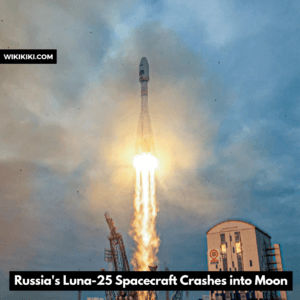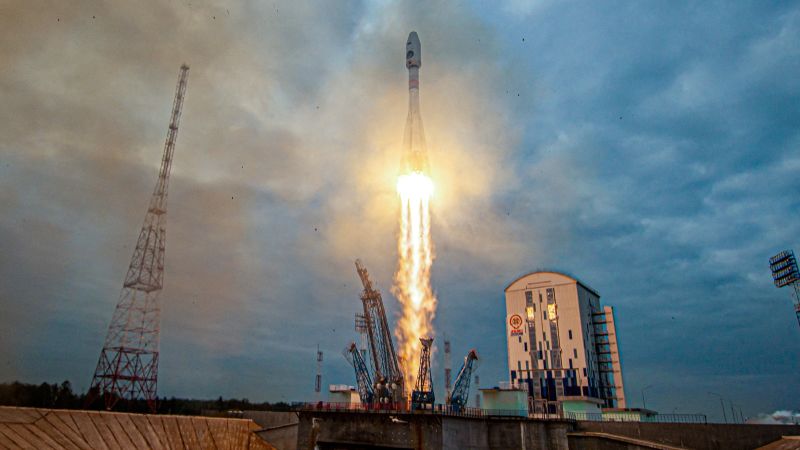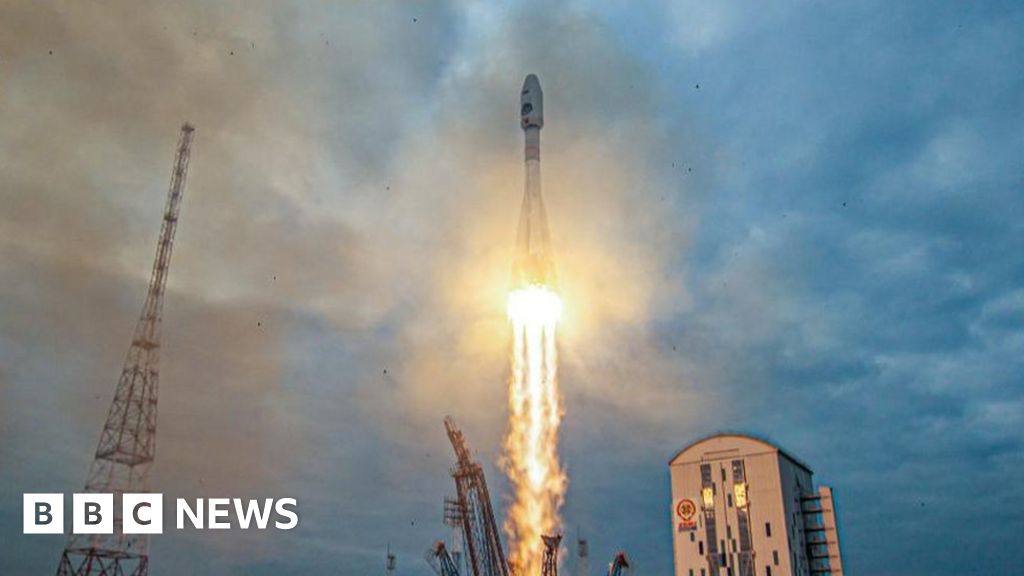Luna-25 spacecraft crashed into the moon following an uncontrolled orbit. This mission was a crucial part of Russia’s attempt to revive its prestige in space exploration, marking its first lunar mission in almost fifty years.
The crash not only highlights the challenges faced by the Russian space program yet in addition highlights the developing rivalry among significant spacefaring countries for lunar exploration.

Also Read: Fifth Force of Nature Discovered by Fermilab’s Scientists
Sources Related to Russia Space Exploration (For R&D)
- Soviet space program
- Russia’s Space Program Is in Big Trouble
- Space exploration – Soviet Union, Astronauts, Rockets
- Russian Space History
- A brief history of Soviet and Russian human spaceflight
- Top 10 Soviet and Russian Space Missions
- The Secret Russian Space Program
- Russian Space Exploration
- Russia Evacuates Village for Lunar Lander Mission After 50 Years
Russia’s Luna-25 spacecraft was launched with the goal of becoming the first-ever mission to successfully land on the moon’s south pole. This region is specifically noteworthy to researchers because of the likely presence of frozen water and valuable elements.
The spacecraft, part of Roscosmos’ efforts to show its space capabilities freely of Western technology, aimed to collect geological samples from the area and gather data that could support the idea of establishing a human colony on the moon.
The Luna-25 mission was damaged by technical difficulties from the outset. After effectively entering lunar circle, the spacecraft experienced issues during its pre-landing orbit maneuvers. Roscosmos lost contact with the craft shortly after one such maneuver.
The spacecraft subsequently entered an erratic orbit, leading to a collision with the moon’s surface. The sudden crash ended hopes for a soft landing and a successful mission.
Also Read: Virgin Galactic Launches First Space Tourism Mission After Decades
The faliure of the Luna-25 mission highlights the difficulties looked by Russia’s space program. Throughout the long term, the program has battled with budget constraints, management issues, and a decline in scientific expertise.
The loss of Luna-25 could cast doubt on the feasibility of future lunar missions, such as Luna-26 and Luna-27, which were already facing delays.
The competition to explore the moon’s south pole has strengthened in recent years. Russia’s Luna-25 was contending with India’s Chandrayaan-3 mission, which was likewise meaning to arrive on the moon’s south pole.
Also Read: Russia Evacuates Village for Lunar Lander Mission After 50 Years
Also, significant space powers like China and the US have been gaining ground in lunar exploration, with the two nations arranging aggressive moon missions.
The lunar south pole is of huge interest because of the likely presence of frozen water, which could be significant for sustaining future lunar colonies and supporting deep space exploration.
Lunar exploration has far-reaching implications for humanity’s understanding of the cosmos and the possibilities for future space travel.
The presence of water on the moon could reform the manner in which we approach space missions by giving a likely resource for producing air and rocket fuel. It also serves as a testing ground for technologies that will be essential for future Mars missions and beyond.
Also Read: James Webb Telescope Captures The Ring Nebula in Astonishing Detail





/cloudfront-us-east-2.images.arcpublishing.com/reuters/7ZV2CTZMZFIRFMHT5Q65OHPRCY.jpg)
















